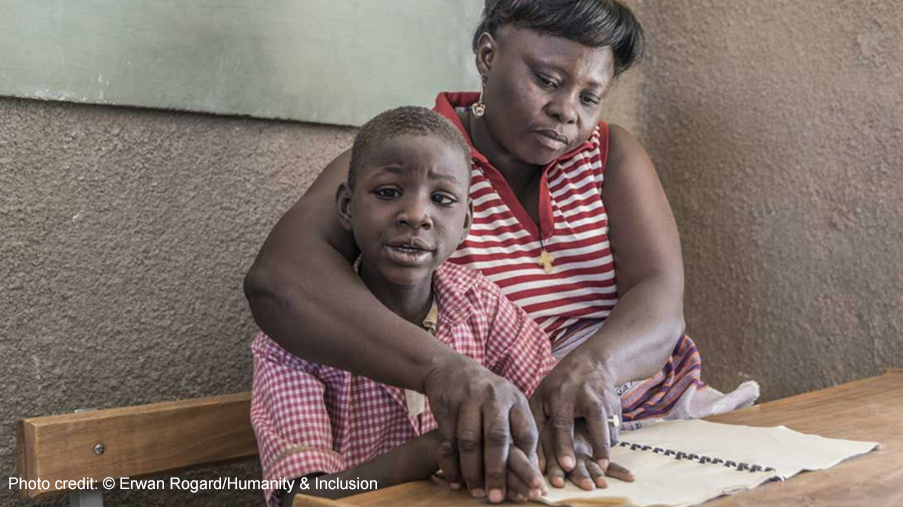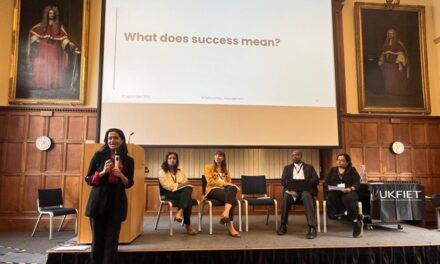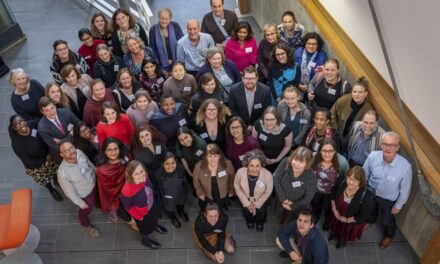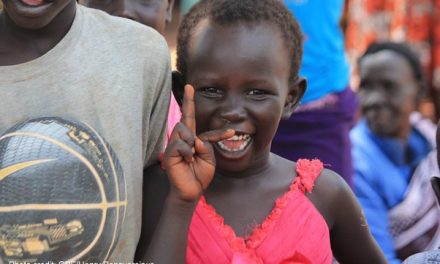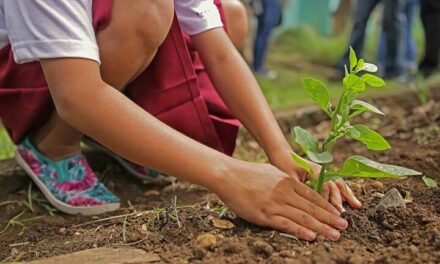This blog was written by Salome, J. Awidi (PhD), DRIVE (Disabled Refugee learners Included and Visible in Education) research project with Gulu University, in collaboration with the University of Nottingham. This blog builds on the presentation Salome gave at the September 2023 UKFIET conference.
A short note…
In 2019, I started to work on the DRIVE research project, in collaboration with colleagues from Gulu University and the University of Nottingham. My interest was initially on education and migration, but the DRIVE (Disabled Refugee learners Included and Visible in Education) project gave me an opportunity to dive into disability education in a forced displacement context. While sharing about this project, I was awarded the 2022/23 Compare Fellowship Award and the opportunity to continue my scholarship on disability education and migration. I participated in the September 2023 UKFIET conference, which was one of the fellowship platforms for sharing my work. In this blog, I share some of the findings from our work in disability education in Uganda, which was also the basis of the presentation I made at the UKFIET conference.
While working on the DRIVE project, we collected primary data on educational access of refugee children with disabilities and as we processed the data, something in it struck me: the role of mothers as they navigate structural and school-based practices that challenge educational inclusion of children with disability. The agency role of social actors, especially mothers, was not quite the focus of the DRIVE project but an interesting development worth sharing.
Findings and analysis
The DRIVE project was a three-country case study analysis of primary data generated through mixed methods, from Uganda, Zimbabwe and South Africa refugee education experiences and contexts. The study focused on establishing what data exists; experiences of disabled refugee learners and; perceptions on opportunities and challenges. The majority of the primary data which I present here was explored using the social-ecological approach which locates social mediation practices as important facilitative and enabling aspects for the participation of children with disability in education. Within the approach, social interdependencies and connectedness of mothers as agents in the education advocacy and support of their children comes alive. We see these agents transcending barriers associated with disability and refugee conditions in under-developed economies to see their children not only access education, but also transition across the levels. In this blog I share some of the attitudes and practices that emerged from the primary data:
- Special connectedness and bond mothers (especially) have with the children, demonstrated in the selfless support provided amidst the visible lack of resources. This was coming through strongly from the fieldwork observations, that the parents and/or caregivers present at the data collection interviews were mostly mothers. Fathers were absent in most of the cases (either remaining in the country of origin or moved on to other wives); present but not so involved; and/or lost their lives during the war and/or displacement. So, mothers were present and shared experiences of the extents they went to, to find a ‘suitable’ school for the child. In most cases it involved several and regular visits to the school and a personal relationship with the child’s teacher to maintain the connection. We interpret these experiences as multi-dimensional, socially-interdependent and facilitative individualised responses to systematic and structural gaps in the education systems.
“I do not like it when it rains, the compound is muddy from home up to school and I move barefoot…” (but the mother takes her)
“…no teacher came.” “No doctor came to her.”
“Maybe if she was a boy, the father would have loved him.”
- ‘Good practices’ reflected in positive attitudes and extended care for the child with disability. From the primary data, mothers could be seen as ‘experts’ shuffling different expertise – from being a nurse, teacher, counsellor, therapist, interpreter and mediator in addition to motherhood. We found a continuous effort to understand the child, their abilities, the extent to which they could go and the constant desire to know the cause of the disability and what support might be out there. But most importantly, we found an almost unanimous belief from many mothers in the educational potential of the child and their perceived role in reaching out for help. Mothers know what the aspiration of the child is and what the child wants to become in future. This attitudinal posture is facilitative of the child’s long route to educational inclusion.
“When they are doing the examination, they could call me to go, that I go, I sit with [child]…”
“I could teach her even at home… I struggle with her… I want her to learn.”
“When it reaches a situation, they told me she has to repeat for two times. I told them no…”
“When I talk to her she can do the examination. When I come away, she does not do…”
“…the father said he will not waste his money to pay fees for…”
- Relational aspects of care interwoven in the important social networks and friendship mothers established with education officials in the refugee settlements and with institutions for the slightest chance of support for the child. Our study sampling was purposive. To find the children, we spoke with education officers at the different research sites and found an amazing, almost personal relationship between the education officials and the mothers, in favour of the child with disability. In most of the cases, the officers knew the child by name, where they lived and what their needs and challenges were. In one of the refugee hosting districts, we found an association of parents with children with disabilities, linked to the district education office. I argue that social networks are not only key to navigating barriers to the education for children with disabilities, but are also important supportive safety nets and advocacy spaces.
“Maybe she can be taken by well-wishers to a specialised school…”
“Refugee children get more help than those who are in the community.”
“Some people are kind, others do not care.”
Some concluding remarks
- The participation of refugee children with disabilities in education faces a number of barriers: structural, systems-based barriers and classroom practice-oriented barriers that limit their participation and sustained engagement. However, the special connectedness of social agents and caregivers is an important decisive aspect that lightens this burden.
- The agency role and practices of social actors in making refugee children with disabilities visible in education shines a light on the inadequacies of the inclusive education policy frameworks and its associated implementation shortcomings, but also demonstrates the potential of a more socially-oriented multi-dimensional approach to inclusion.

